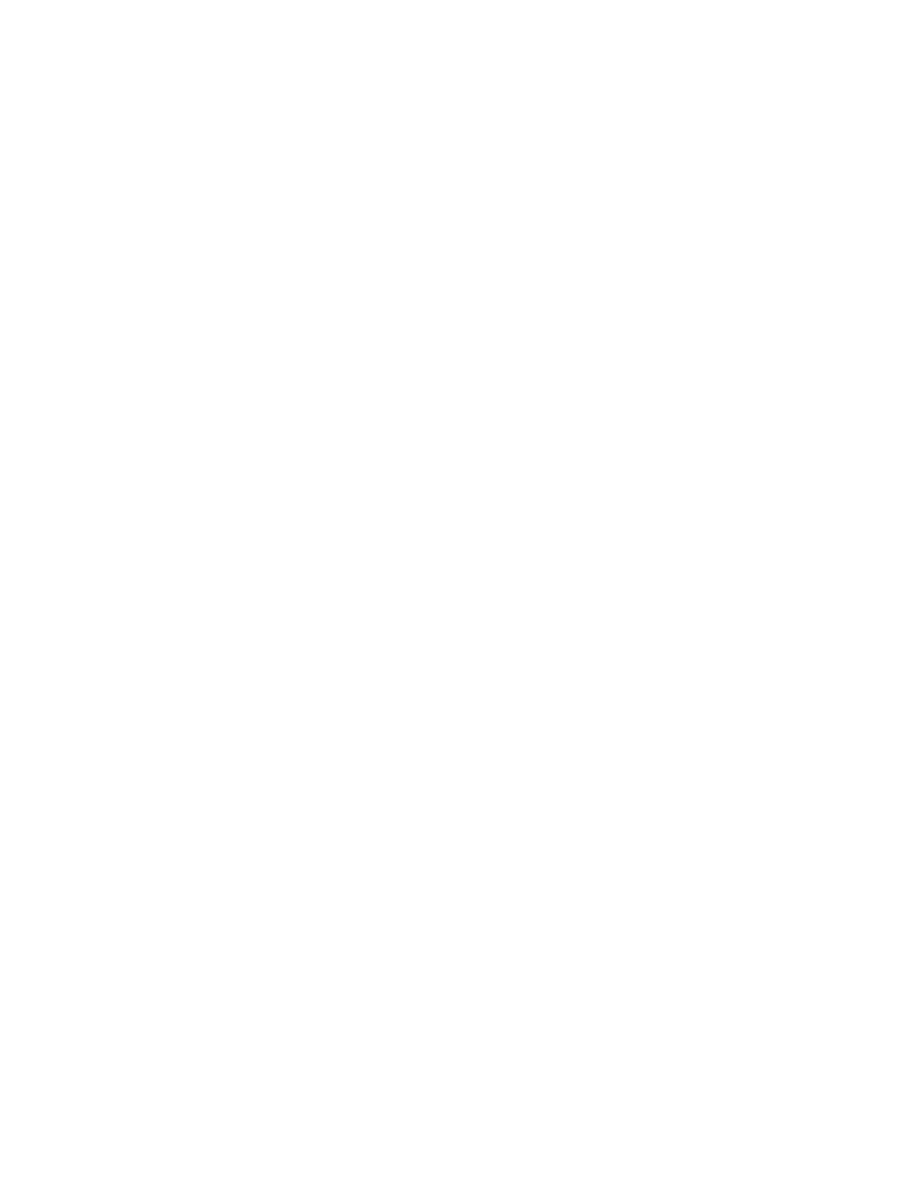
compound, protective grease etc.;prepare parts as
3-5. Cleaning
required ( o i l seals, etc); and for those parts
a. General. Any special cleaning instructions
r e q u i r i n g lubrication, apply the lubricant
required for specific mechanisms or parts are
prescribed in the lubrication order.
contained in the pertinent section. General cleaning
b. General Precautions in Cleaning.
instructions are as follows:
(1) Dry-cleaning solvent and mineral-spirits
(1) Use dry-cleaning solvent or mineral-spirits
paint thinner are inflammable and should not be
paint thinner to clean or wash grease or oil from all
used near an open flame. Fire extinguishers should
parts of the vehicle.
be provided when these materials are used. In
(2) A solution of one part grease-cleaning
addition, they evaporate quickly and have a drying
compound to four parts of dry-cleaning solvent or
effect on the skin. If used without gloves, they may
mineral-spirits paint thinner may be used for
cause cracks in the skin and, in the case of some
dissolving grease and oil from chassis and other
individuals, a mild irritation or inflammation. Use
parts. After cleaning, use cold water to rinse off any
only in well ventilated places.
solution which remains.
(2) Avoid getting products such as dry-
(3) After the parts are cleaned, rinse and dry
cleaning solvent, mineral-spirits paint thinner,
them thorughly. Apply a light grade of oil to all
engine fuels, or lubricants on rubber parts as they
polished metal surfaces to prevent rusting.
will deteriorate the rubber.
(4) Before installing new parts, remove any
preservative materials, such as rust-preventive
Section IV. TROUBLESHOOTING
3-6. General
c. The tests and remedies provided in table 3-2
are governed by the scope of operator / crew level
a. This section contains troubleshooting in-
o f maintenance. The malfunctions, probable
formation for locating and correcting most of the
causes, and corrective action that can be performed
operating troubles which may develop in the
by the operator are listed in table 3-2.
vehicle. Each symptom of trouble or malfunction
given for an individual unit or system is followed by
3-7. Procedures
a list of probable causes of the trouble and
Table 3-2 lists possible malfunctions (symptoms)
c o r r e c t i v e action necessary to remedy the
that may be encountered in the vehicle or in in-
malflunction.
dividual units or systems of the vehicle. Each
b. This manual cannot list all malfunctions that
malfunction is followed by a list of probable causes
may occur nor all test or inspections and corrective
(test) that must be considered in determining the
actions. If the malfunction is not listed or is not
corrective action (remedy). Probable causes are
corrected by listed corrective actions, notify your
listed in their order of probability, and should be
supervisor.
considered in that manner during troubleshooting.
3-5

